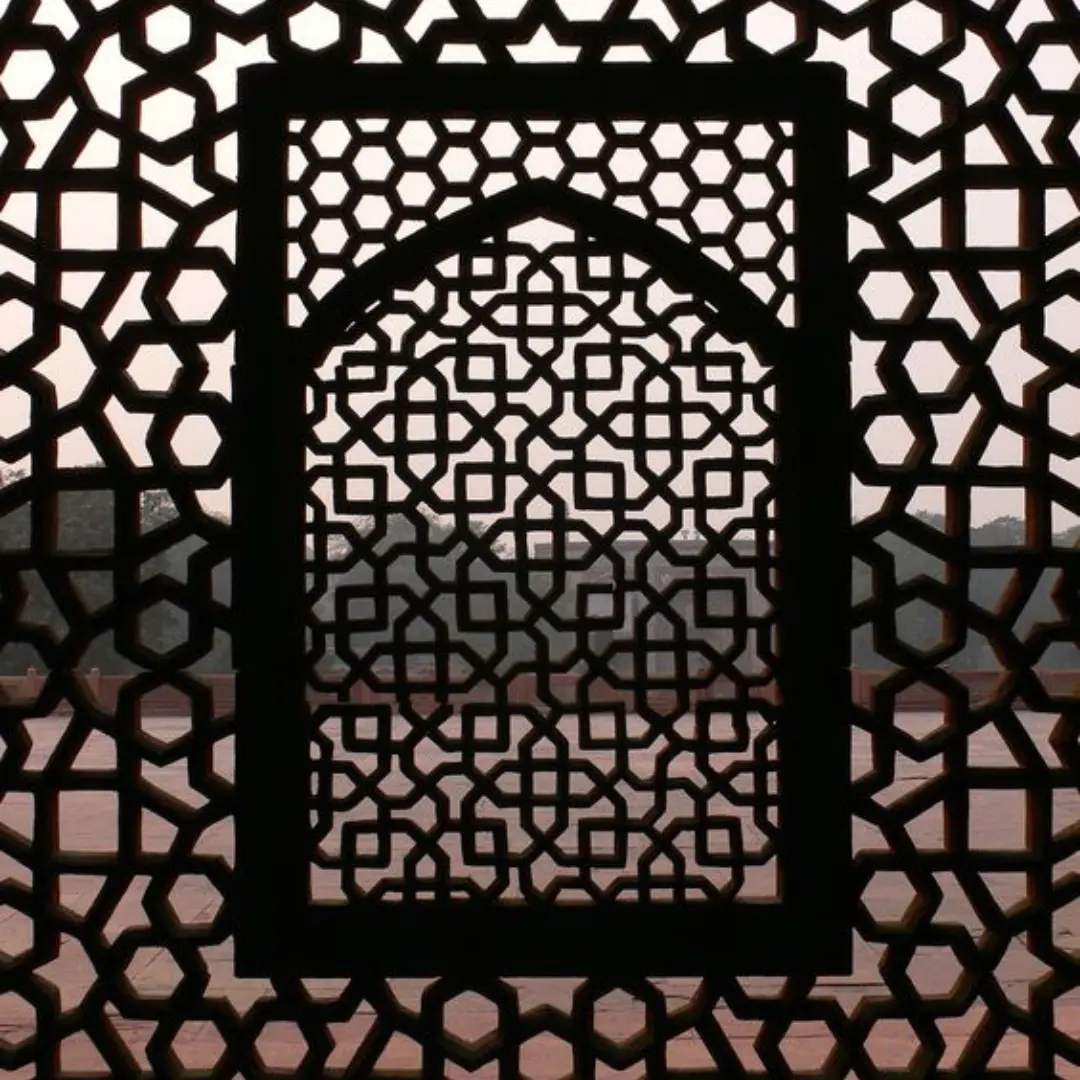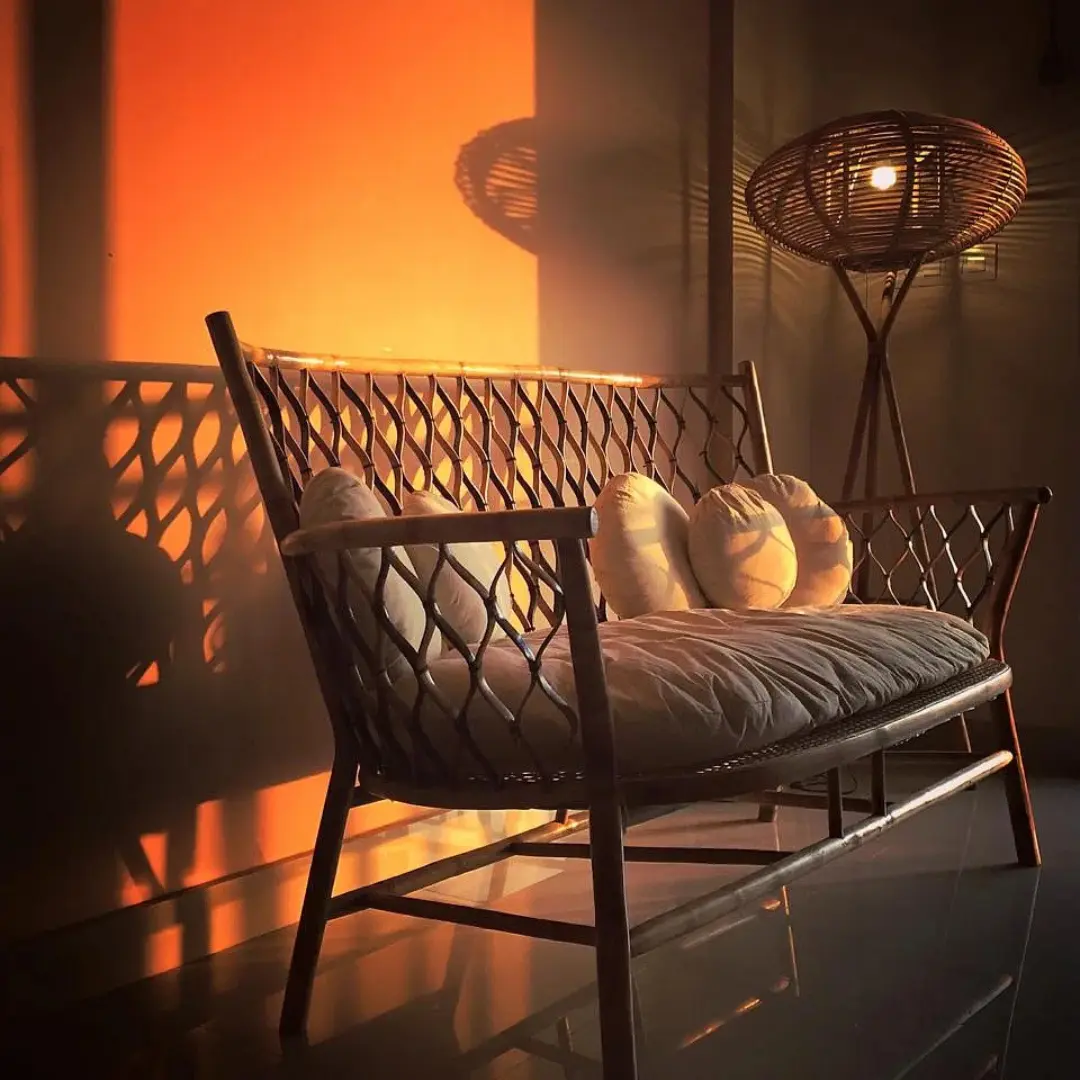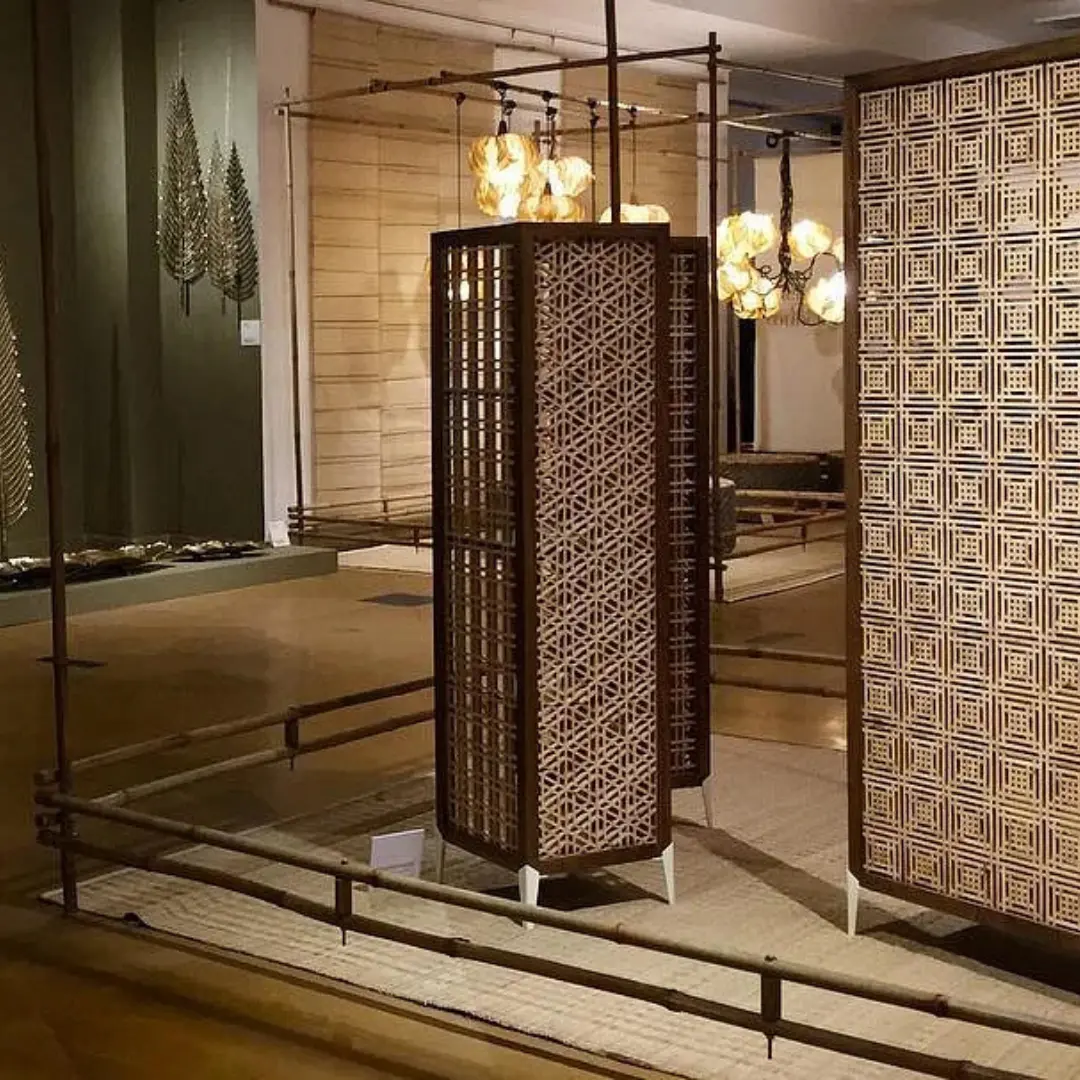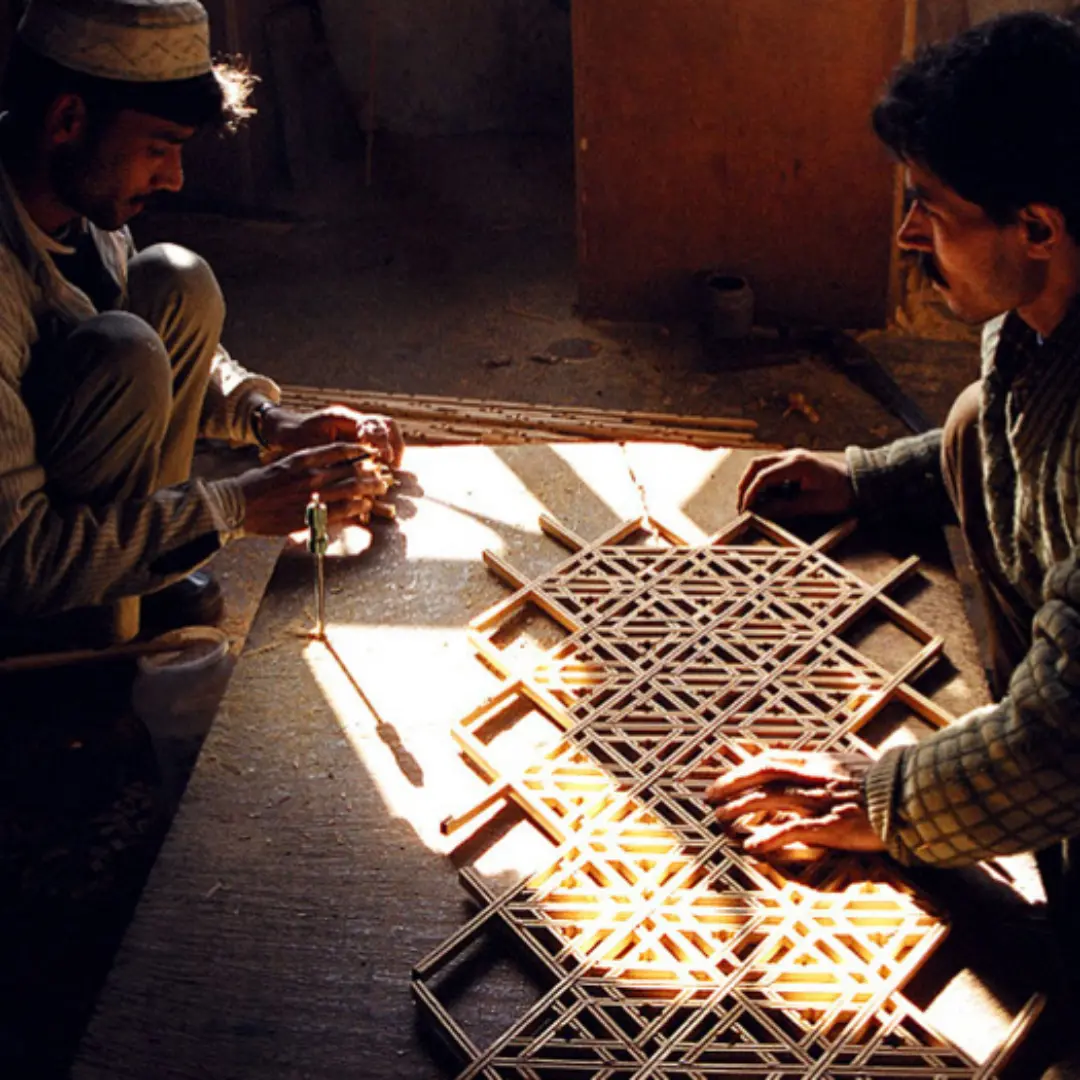# Origin of Kashmiri Pinjrakari:
The craft of Pinjrakari is believed to have been introduced to Kashmir by Central Asian and Persian artisans, who came to the region during the reign of Sultan Zain-ul-Abidin in the 15th century. This was a time when Kashmir’s arts and crafts flourished due to the ruler’s patronage. Pinjrakari evolved from Islamic architecture, drawing inspiration from geometric patterns and calligraphic designs often used in Persian and Mughal art.
# Why Kashmiri Pinjrakari Became Extinct:
Several factors contributed to the decline of Kashmiri Pinjrakari:
– Modernization : The introduction of modern construction techniques and materials like steel, concrete, and glass reduced the demand for traditional wooden latticework.
– Lack of Artisans : With fewer apprentices and diminishing demand, many artisans left the craft for more lucrative work.
– Urbanization : As urban areas grew, traditional Kashmiri architecture, including Pinjrakari, was replaced with contemporary designs.
– Economic Struggles : The craft was labor-intensive and required a high level of skill, but it wasn’t sufficiently compensated, making it economically unsustainable.
# Historic Significance of Kashmiri Pinjrakari:
Kashmiri Pinjrakari holds deep historic and cultural significance:
– Islamic Architecture : It was a key feature in many mosques, shrines, and homes in Kashmir, reflecting the fusion of Islamic art with local craftsmanship.
– Aesthetic & Functional Role : It not only added beauty to structures but also allowed for ventilation and natural light while maintaining privacy.
– Cultural Identity : Pinjrakari is part of Kashmir’s cultural identity, representing a unique artistic legacy passed down through generations of craftsmen.
# Process of Making Kashmiri Pinjrakari:
The process of making Kashmiri Pinjrakari involves:
1. Wood Selection : Traditionally, deodar (cedar) wood was used due to its durability and resistance to moisture.
2. Carving & Shaping : The wood is cut into thin strips or frames, which are then carefully carved into geometric patterns or floral designs.
3. Assembly : The carved pieces are interlocked without the use of nails or glue, relying solely on the precision of the design and joinery technique.
4. Finishing : The latticework is polished and sometimes coated with oil or varnish to enhance its longevity.
# Types of Kashmiri Pinjrakari:
There are generally two main types based on their use and design:
1. Geometric Pinjrakari : Dominated by geometric patterns such as squares, triangles, and hexagons, often inspired by Islamic art.
2. Floral Pinjrakari : Features more organic designs with floral motifs and arabesques, often used for decorative purposes in palatial and religious architecture.
The craft, though endangered, still holds a revered place in the history of Kashmiri architecture.
Handicraft
Pinjrakari
+ Free ShippingKashmiri Pinjrakari is a traditional latticework craft originating from Kashmir, primarily used in architectural elements like windows, doors, and screens. It is a decorative wooden framework that resembles intricate jali (lattice) patterns, traditionally used for ventilation, light filtering, and privacy in buildings, especially in mosques, palaces, and homes.








Reviews
There are no reviews yet.